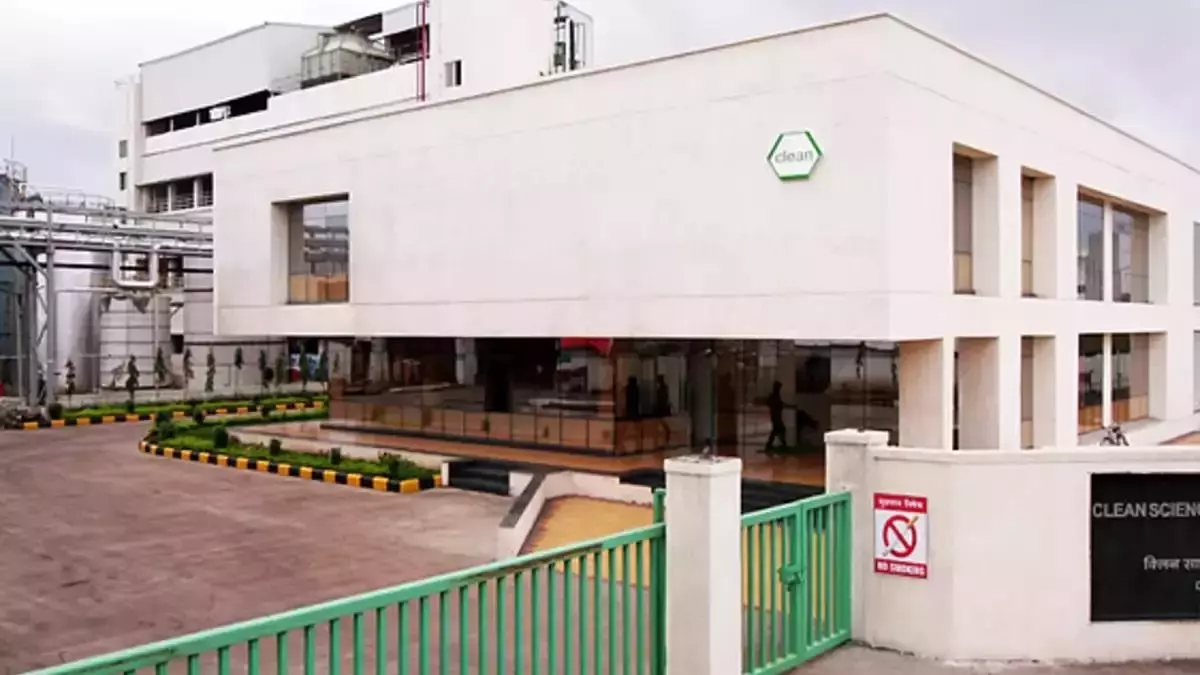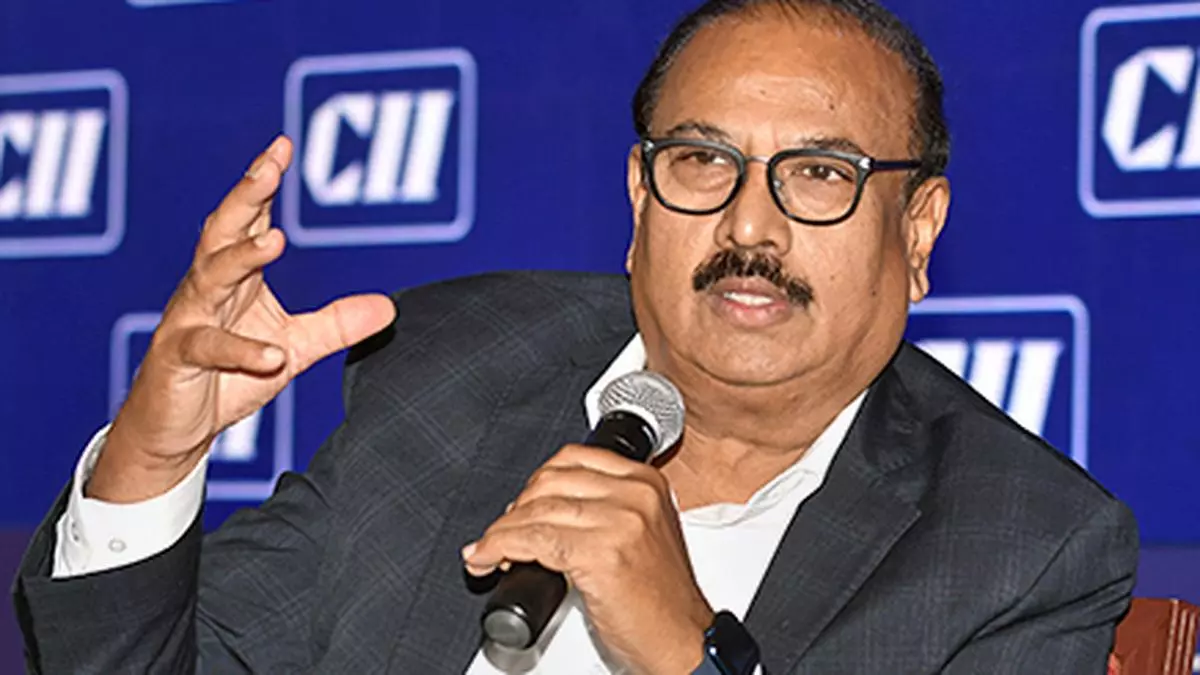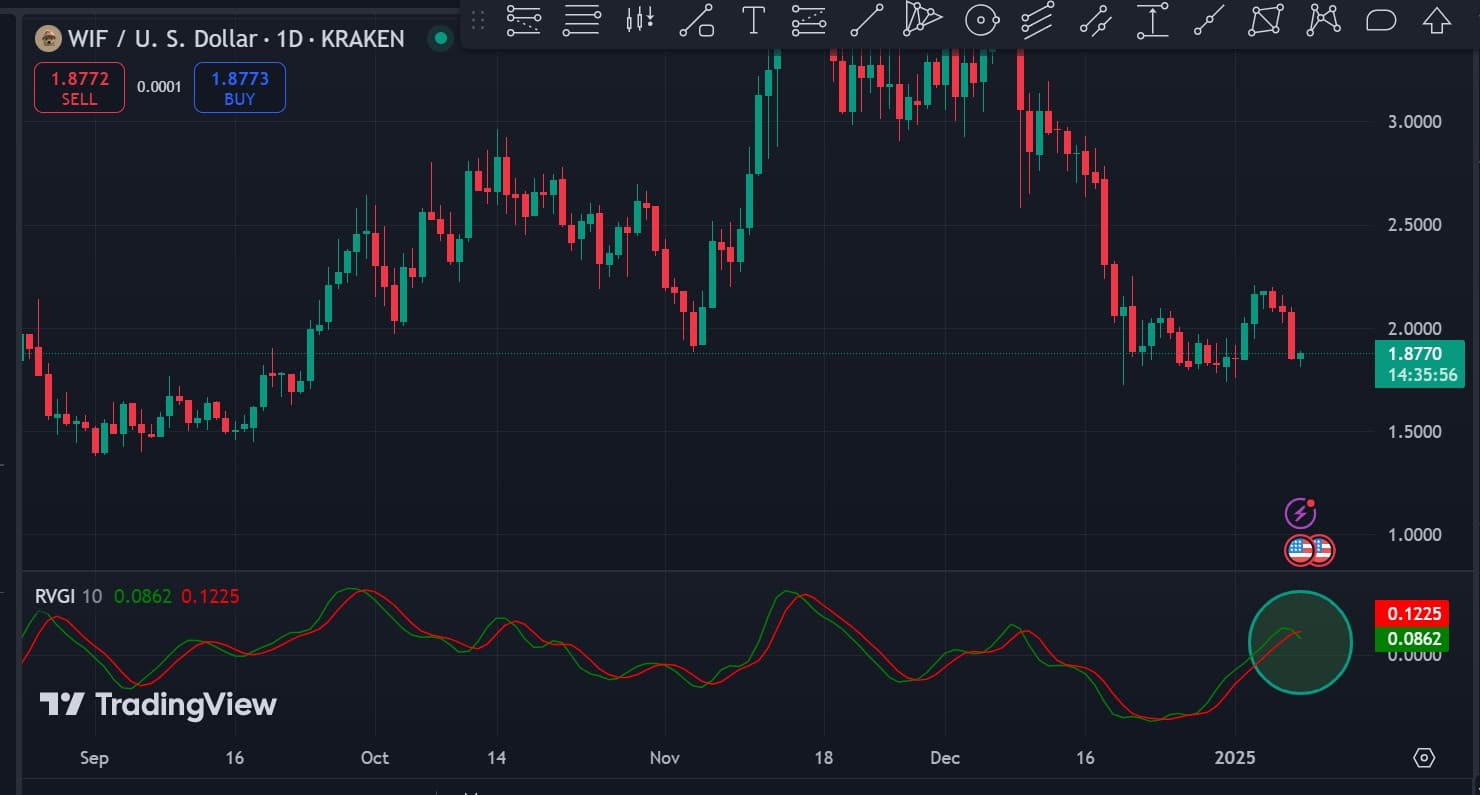The first advance estimates of GDP projects growth at 6.4 per cent, which is disappointing. It comes lower than both the RBI estimate of 6.6 per cent and government’s forecast of 6.5-7 per cent. Besides, when dealing with numbers any estimate less than 6.5 per cent rings an alarm. Should one be too concerned?
Not really, because these estimates are drawn based on information available until October-November at best and hence are based on extrapolations. With three months still to go for the year to end, the final numbers would vary.
More likely they will head upwards because Q3 and Q4 are expected to be better than the first half. Rural and urban spending will be higher. Investment was slack in Q1 due to the elections, which kept private investment down.
Is there any value to having such an estimate? These numbers will be used in formulating the Budget. First, to get a hold on the revised budgetary numbers including ratios, the GDP estimate is required.
Second, any projection for tax revenue for FY26 will be based on forecast of GDP growth for which the FY25 number is critical, which is ₹324 lakh crore.
Farm boost
The internals of these estimates are interesting. Agricultural output is to rise by 3.8 per cent, compared with 1.4 per cent last year. There can be an upside if the rabi crop is much better than last year. The secondary sector is to grow by 6.5 per cent compared with 9.7 per cent last year. The segment which is underperforming is manufacturing at 5.3 per cent, against 9.9 per cent last year.
While the base effect is there, the extrapolation of H1 by way of corporate profitability has lowered this growth rate. Companies have spoken of urban demand being low in H1, but were expecting things to change in H2.
Construction has been doing very well at 8.6 per cent even though lower than 9.9 per cent last year. The thrust on roads and housing have contributed to this growth. This may see an upside given that the government has been aggressive about this in H2.
The surprise element has been the trade, transport, communications segment which has grown by just 5.8 per cent as against 6.4 per cent. This is contrary what has been seen especially in Q3 where there is an upsurge in travel and tourism and hospitality.
Hence here too there could be an upside when the year concludes and the GDP is reckoned based on actual output.
The financial and real estate segment has grown at 7.3 per cent which comes over growth of 8.4 per cent last year, which is stable given that growth in bank credit has slowed down gradually over the year while deposits have been volatile in the first part of the year before settling at the trend growth rate.
The public administration segment has been positive with growth of 9.1 per cent over 7.8 per cent last year. Government spending has played a decisive role.
GVA vs GDP
A curious aspect to these numbers is that the growth in gross value added and GDP are the same.
There is normally a difference which is accounted for by the net indirect taxes. Last year, admittedly the difference was high at 1 percentage point i.e. GVA at 7.2 per cent and GDP at 8.2 per cent. Tax revenue has been robust this year so far, and hence it may be expected that there would be a positive contribution in the final GDP numbers.
On the expenditure side, there has been a sharp growth in consumption in nominal terms by 12.4 per cent, which is partly explained by higher inflation but is nonetheless impressive as it comes over 8.4 per cent last year when inflation was very high. This is a positive sign as it does indicate that urban consumption in particular would be steady in H2 of the year.
Slower growth in investment of 7.2 per cent as against 9.9 per cent can be attributed more to the fact that government capex is unlikely to fructify fully at both the Centre and States.
However, the lower value of nominal GDP at ₹324 lakh crore compared to the Budget assumption of ₹326 crore does mean that the revised fiscal deficit for FY25 may be closer to the budgeted target of 4.9 per cent. The absolute fiscal deficit would be lower.
It does look like that the government could still go with the assumption of growth of 10.5 per cent nominal GDP for FY26 and keep the fiscal deficit at the 4.4-4.5 per cent range.
The writer is Chief Economist, Bank of Baroda. Views are personal
The surprise element has been the trade, transport, communications segment which has grown by just 5.8 per cent as against 6.4 per cent









Leave a Comment